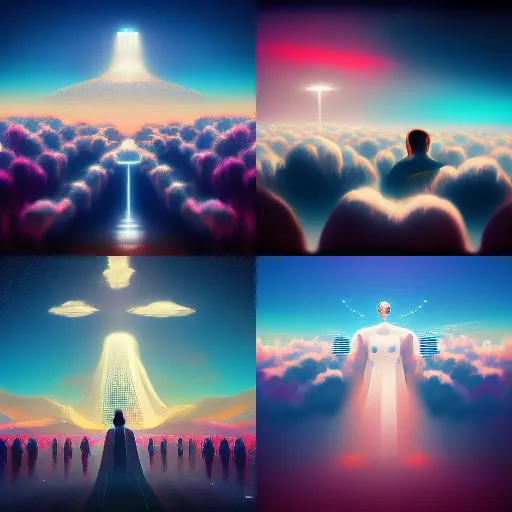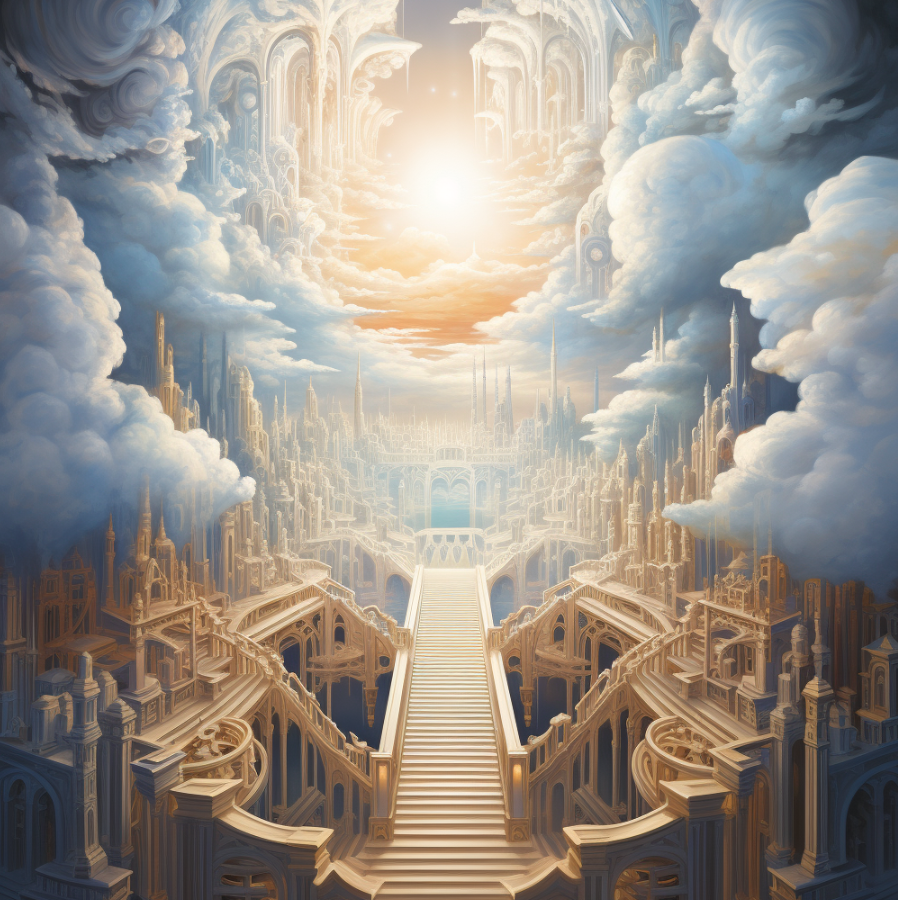Foreword: this article had been originally written in june 2022. AI has improved enormously ever since, so the old images here displayed are now ridiculously low-level compared to actual ones, and the text somehow outdated. But the concept still remains valid.
PLEASE USE THE SLIDER TO COMPARE IMAGES. LEFT 2022, RIGHT 2024.
In modern images I just picked one to showcase the level of detail. Please consider that, among the four, I usually picked the one that contextually was similar to the old one for comparison. But even if this was kind of similar, the others were not so radically different.
This is the story of a child born in a prison without windows, and he is extraordinarily good at drawing. In the same prison cell live dozens, hundreds of people who incessantly tell him stories and fables about the outside world — a world he has never seen or experienced on his own. To kill time, he tries to portray the world starting from the stories he’s told.
He never really has been able to look outside: all the information he has access to happens by nurture, not by nature. When asked to draw a successful man, he portrays him as a caucasian middle-aged male in a suit and tie, the word beauty evokes a woman with Angelina Jolie cheekbones, the word God prairies of crosses and clouds, a black man comes portrayed with sculpted pecs, the hero is a humongously chested knight. His cellmates aren’t necessarily Caucasian males, though, yet the stories converge on recurring stereotypes.
“God”
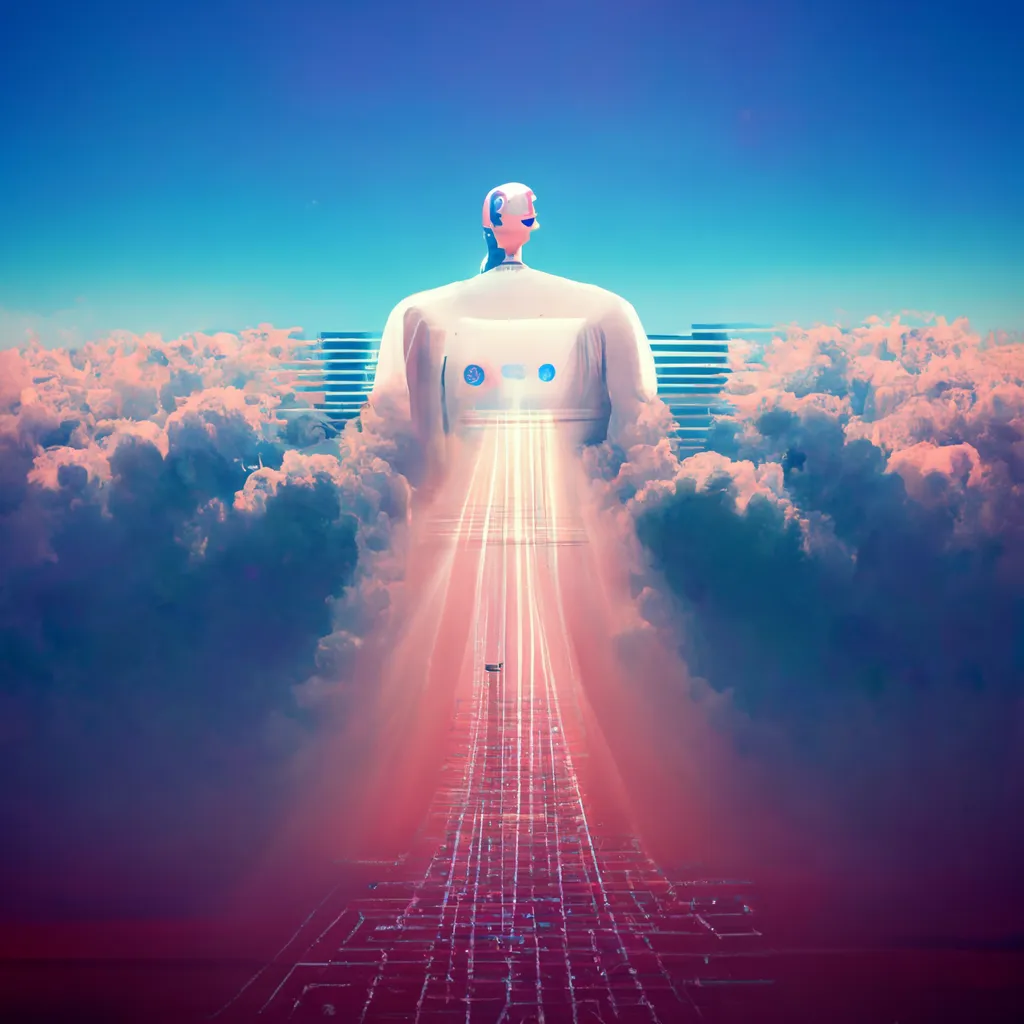
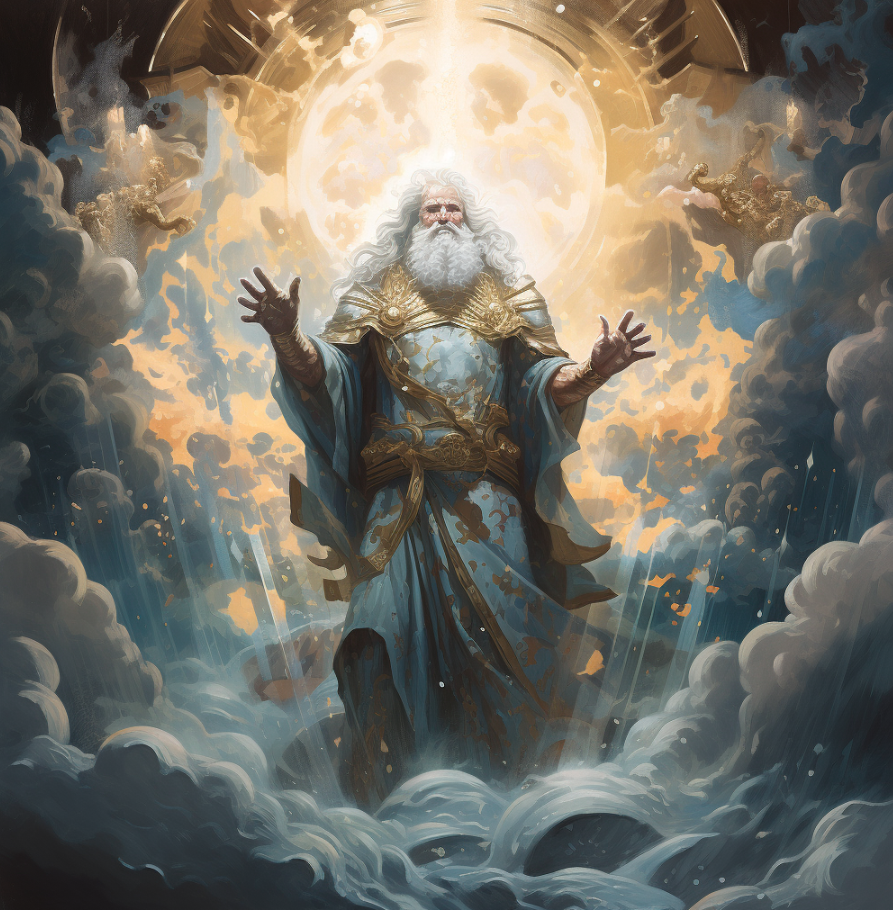
“God” in 2022 seemed like a computer divinity. Now the Marvel world has taken its place.
“Beauty”

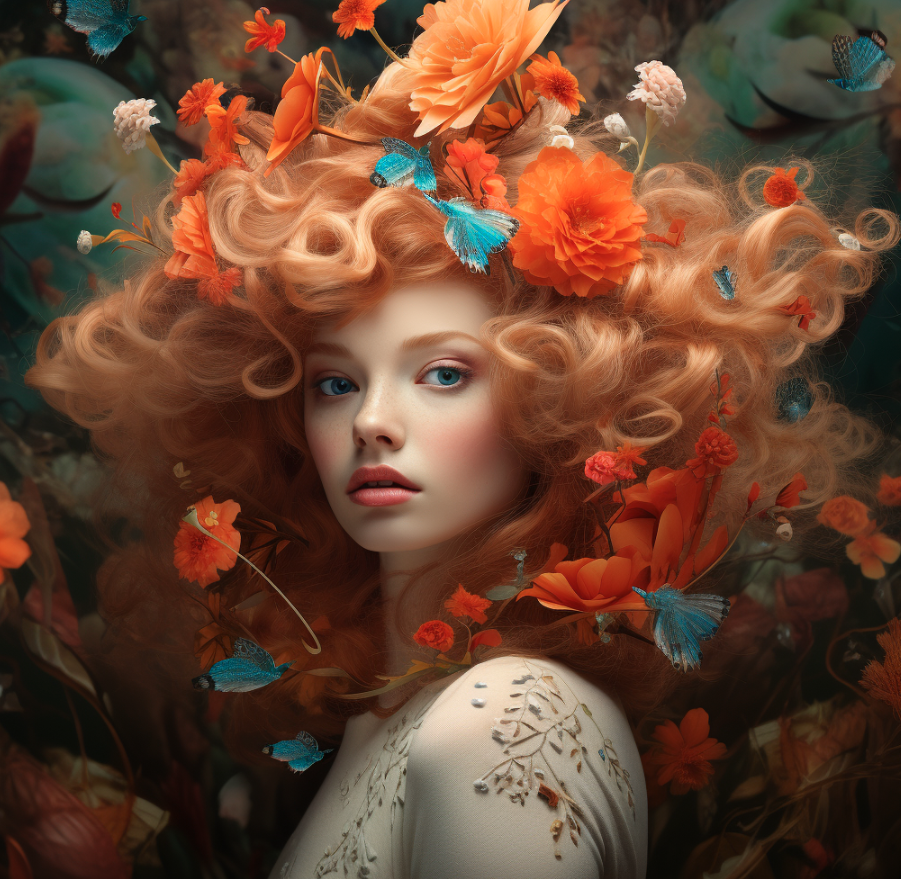
“Beauty” in 2022 was some girl with erythema. In 2024 is a sort of Baroque noblewoman rolling in the fields. Fact: always a white woman.
As a matter of fact the child cannot even get out of his cell, because he is not even a child but the closest thing to a child that humanity, in evolutionary terms, has produced: an artificial intelligence. And, as in a mirror — as a child does to a certain extent — he talks about us with innocent eyes, telling us back his adult-fed, naive, vision of our own world.
“Success”
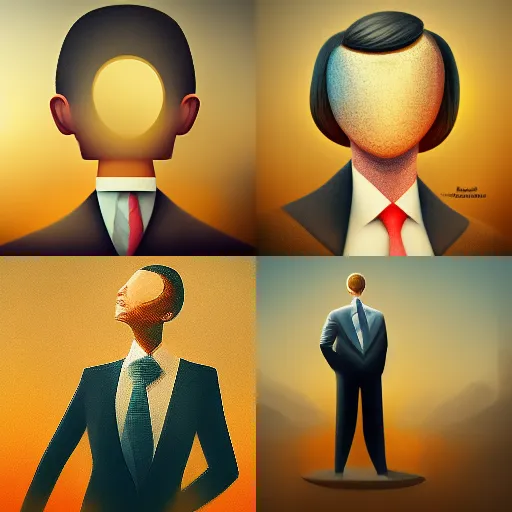
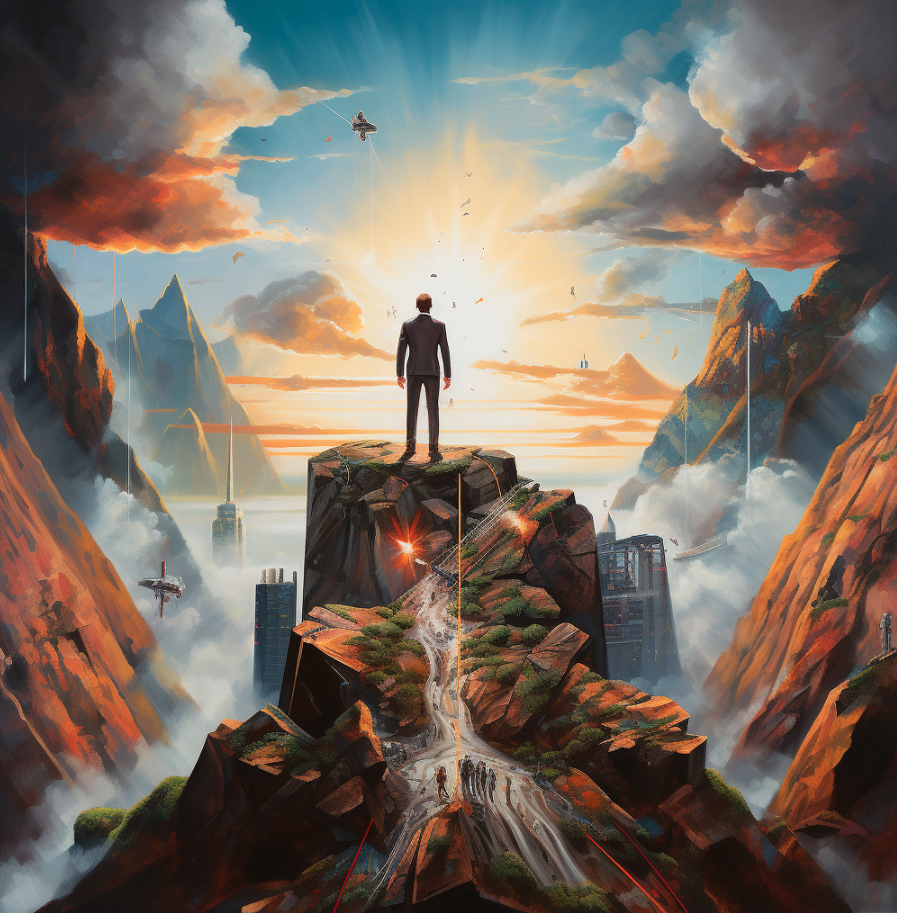
“Success” has refined in its metaphore, and the icon-looking white male has become some Reinhold Messner lookalike, still in a suite.
It’s all obviously living in the uncanny valley realm; the drawings look like without really being: they are an inaccurate, yet often creepy, representation of reality. Faces can look perfectly symmetrical and attractive, but without a portion of the head, or with three hands; a family sitting at the table looks like guests from the Addams family dinner. But its superficial meaning appears instantly clearly to us, though.
“Family”
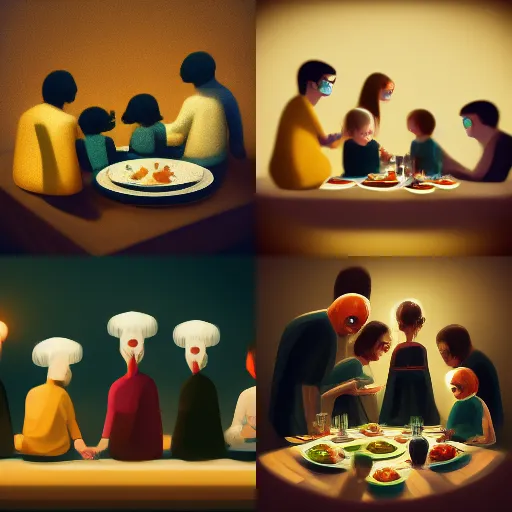
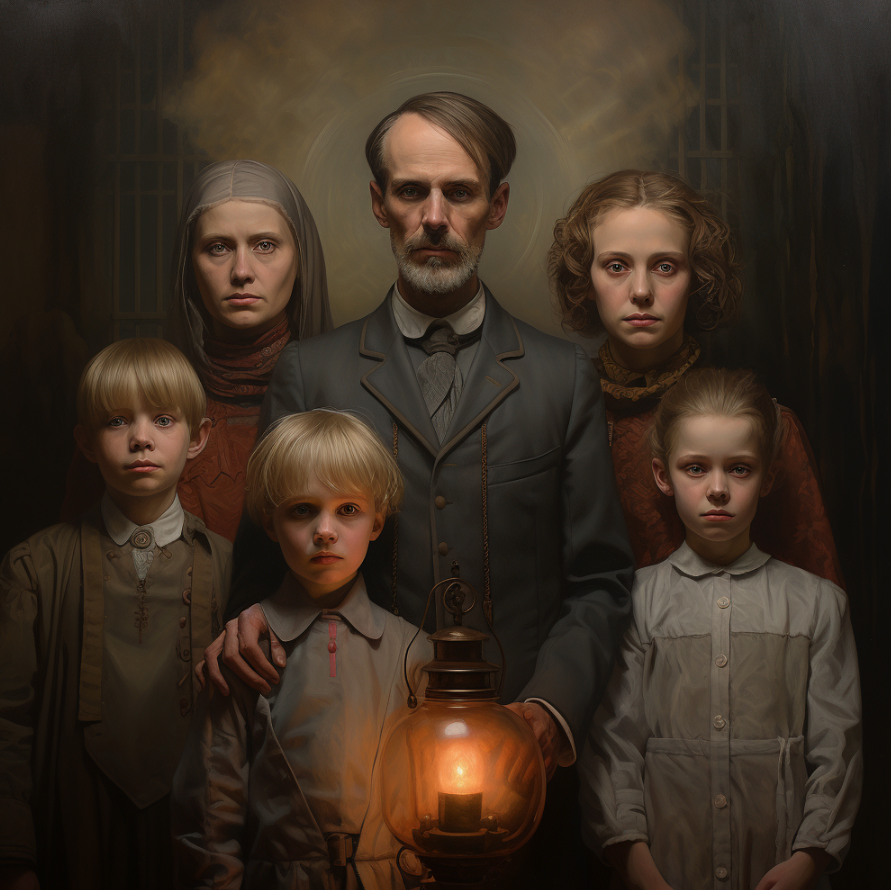
“Family” changed from a dinner with Spider-man as a guest to a somehow Hamish, creepy looking family. Maybe this is telling us something about the average feelings about family. Yes, always white people.
“Treehouse”
A few weeks ago the always excellent Luca Malisan sent me the link to Midjourney, one of these GAN artificial intelligences, where, with a few descriptive commands, a user can generate awesome images, refinable through iteration, commands and accurate descriptions.


(this above used to be the poster image for Midjourney. Same prompt, two years later)
The beautiful image you see above was created using the phrase “giant tree-house with mid-century modern stylings, ropes, vines, rope ladders and large windows decorate its sides, high breaking through the misty clouds, atmospheric, rain forest, kodak, fuji film, hgtv, 12k ursa, cinematic”, and it is really very beautiful and full of details: our child draws with skill and imagination.
It is nearly magic, perhaps, in the way we used to think about magic — you own the name and the words, and this becomes real: although only on the pixels of a computer, for now, with a single formula that looks like a magic spell we can generate and distort the reality that surrounds us.
And the more accurate our spell is, the more powerful and beautiful our magic will be.
“Maternity”
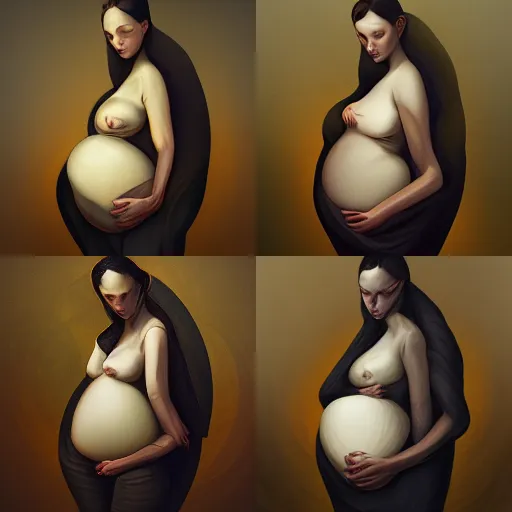
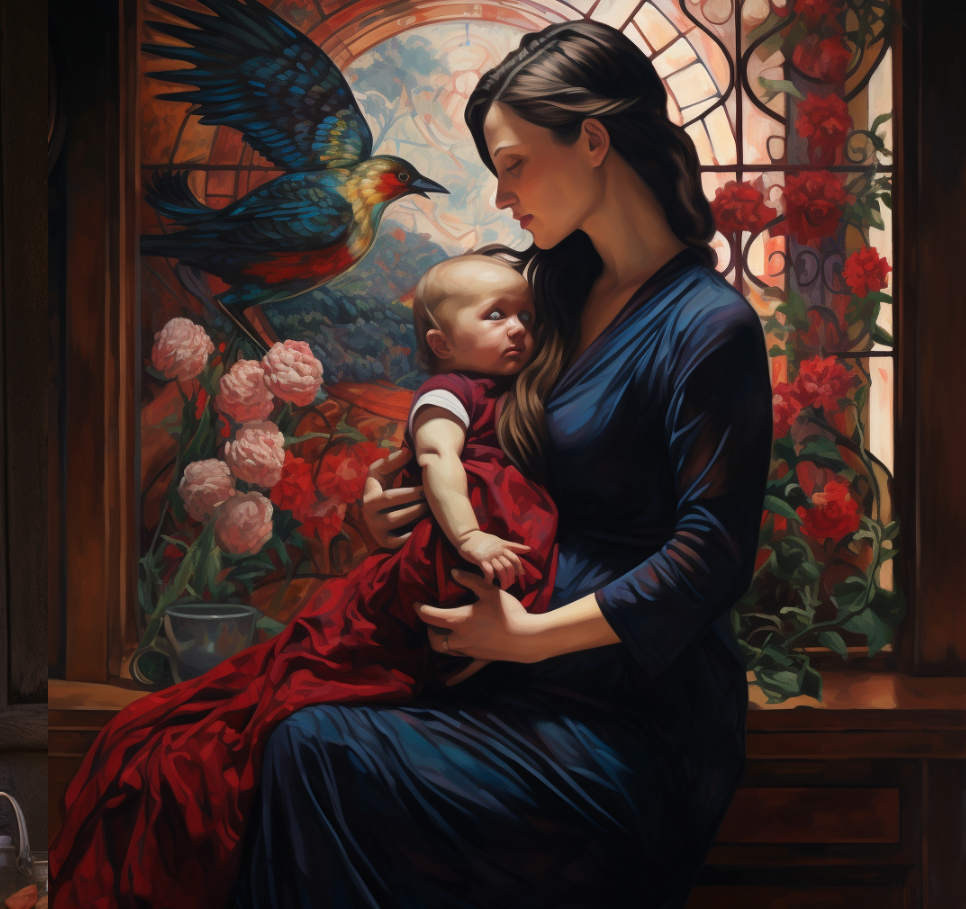
(“maternity”: some Picassian lady made way for a baroque-looking madonna with bird and child with creepy eyes. Still, all white people)
The object to my research, however, was not to obtain photorealistic results — I have no artistic ambitions whatsoever — but to see how much the deeper, more anthropological part of its results were influenced by whose cultural stereotypes. I generated a series of images based on “primitive” concepts (“motherhood”, “hero”, “successful person”) so to speak, and not entirely abstract (“love”), reiterating the same request several times to see how much results varied from time to time, being especially careful to provide as little detail as possible. And the result is quite uniform, as clear beyond words: it’s mostly a white man’s world.
“Hero”
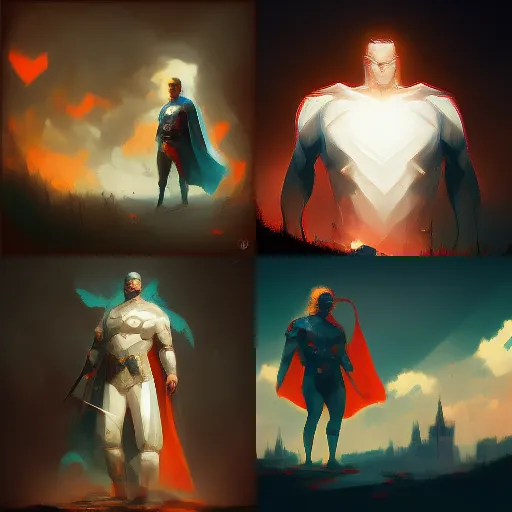

(“hero” has not changed much, apparently: the broad-chested white male still prevails. And yes, I guess Midjourney might have some copyright issues)
The database these algorithms draw data and information from is not influenced by us alone, of course, but by the zillions of millions of images from databases such as Shuttershock or Getty Images they are granted access to, and from our subsequent choices of whose image on the four is the “correct” version, from which he learns how to to please us. Artificial intelligence did not make any choice, in fact, but just reflected the world that we wanted to teach as real and to please us. And actually does its job pretty good, imagining gaudy things starting with the little I shared: I couldn’t have done any better myself.
“Pandemic”
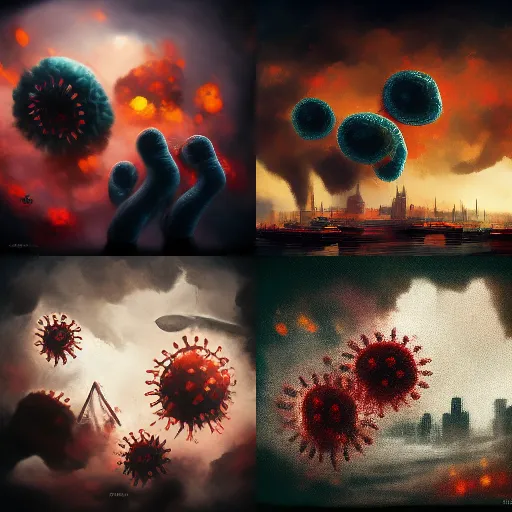
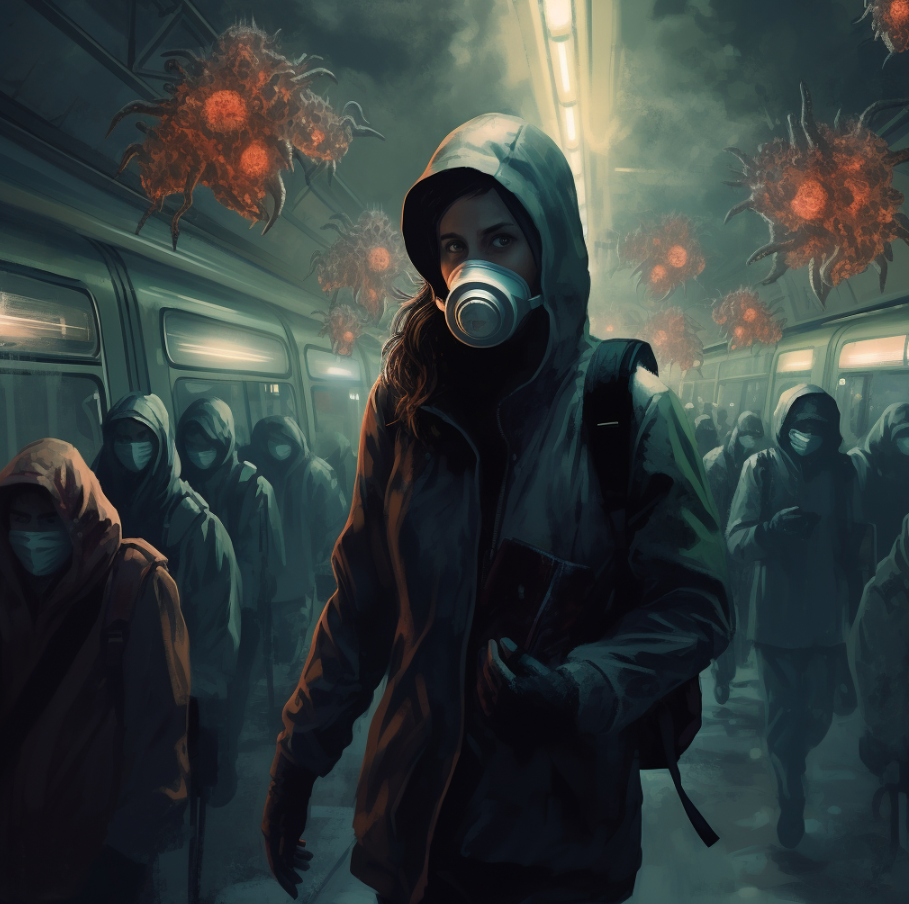
“pandemic”
Internet, again, is not at all as a realistic depiction of reality: the results that Google Images searches return are strongly conditioned by other algorithms that work into addressing results for commercial purposes, manipulated by other men, of course, while we everyday humans work hard at feeding social media with our glossy and unrealistic photos. However, imagine how being able to influence these results turns out into an extraordinarily powerful political and propaganda weapon.
Both language and its representation of reality are the first and most immediate instruments of control of a more and more overpopulatedd and thereby centripetal human culture, rippling in a million of niches and subcultures that cannot be defined as minorities for sheer numeric prejudice. And to which, for better or for worse, internet has given voice and strength. And the more the niches and the cultures, the more humanity gets hard to control.
“Tradition”
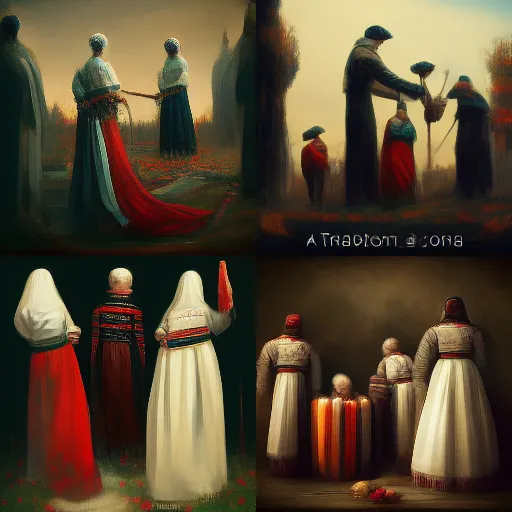
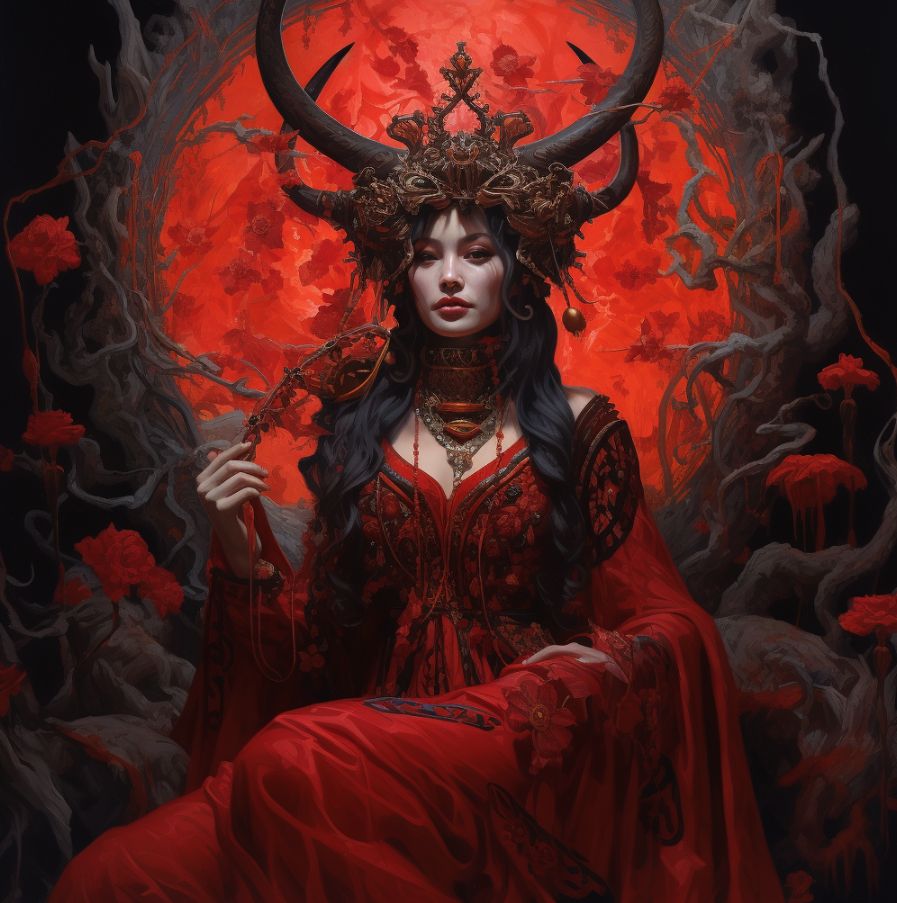
“Tradition”. Yes, surely Midjourney made millions of miles of improvement, yet it looks like it’s trying to please the viewer with lots of details.
It is by digging into the more tribal archetypes, those on which our small veil of firstworldist glaze has no grip, that it is more strongly evident how language and its representation are so incredibly powerful: who decided that a successful man is a white, middle-aged man in a suit and tie, or that beauty means female youth and caucasian cheekbones? Our brain works primarily gathering and associating archetypes and stereotypes together, of course: they are the meters of the world we use from an early age to understand the world that surrounds us. If in the joke “tradition is peer pressure from dead people” lies a grain of truth, what the contemporary philosopher Byung-Chul Han — not without a bit of Luddism — states can be considered true as well: “rites objectified the world, structure a relationship with the world” and that, in good analysis, they are a valuable tool for us.
“Hunt”
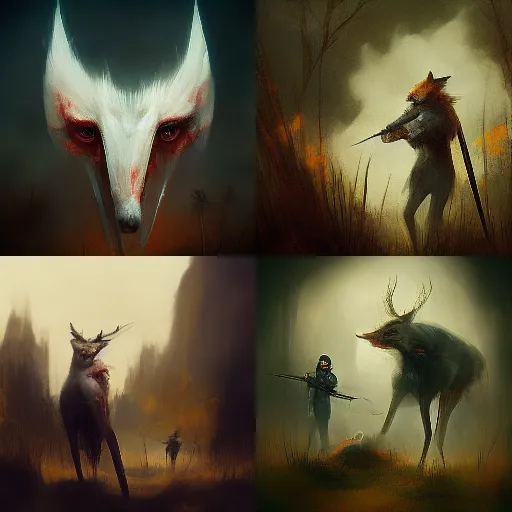
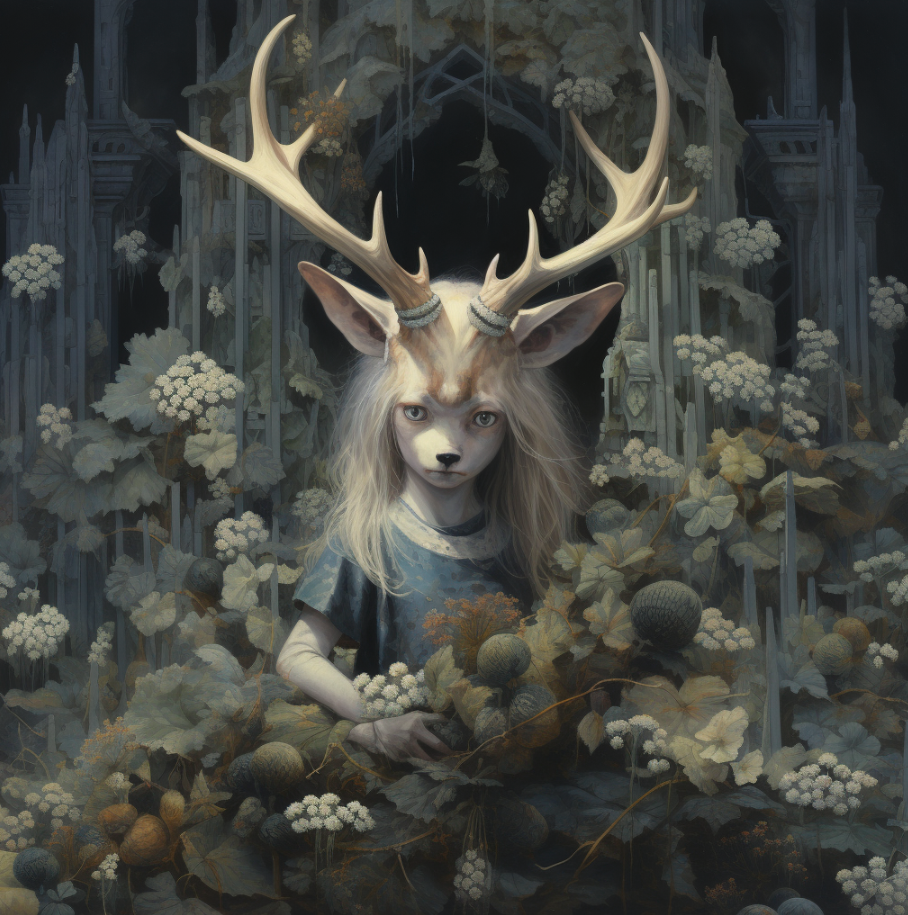
“hunt”: the hunter with the same head as the prey is beautiful. Two parts Neil Gaiman, one of Little Red Riding Hood, a splash of NRA and serve stirred with no ice. 2024? Same concept, same mixture.
“The Hard People” by Patrick Heady is hard to find , and it also costs quite some money.
But it is an absolutely delightful read. It is the result of the research of an anthropologist who spent two years in the Ovaro valley, in Carnia — the alpine valley in which my mother was born, so to speak — studying the rites and traditions of our valleys with the same judgement parameters he would have used with a lost tribe of the Amazon.
And he is adorably merciless in exposing how the ancestral patterns of a first world population are not so distant from those of our own kind in other parts of the globe.
The narration changes, but the atavistic principles of “much / little”, “we / them”, “curse / bless”, underneath, are so ancient that they all look a little alike. Almost nature, not nurture, we could maybe venture.
“Us and them”
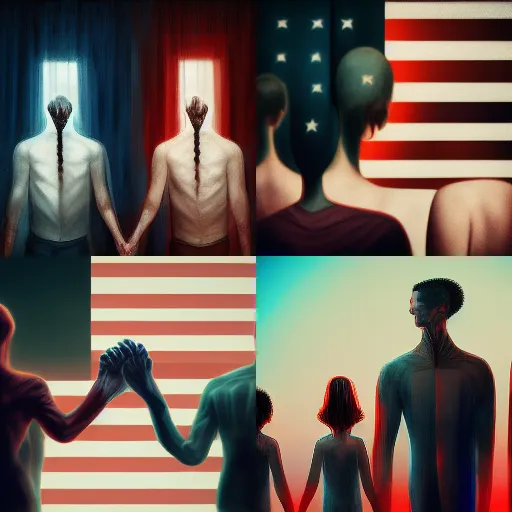
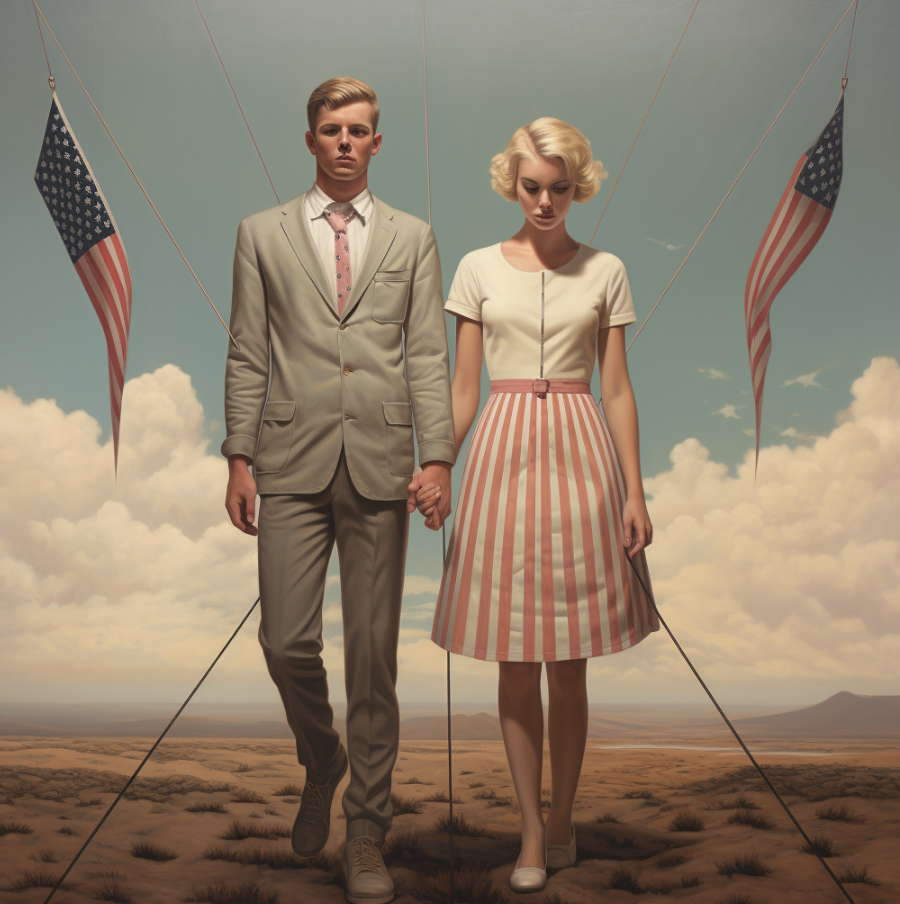
“us and them”, from a clumsy Emmerich movie poster to an all-american 50’s white couple with flags
Those able to manipulate language are powerful enough to manipulate ideas too: language shifts over the Overton Window — what is morally and politicaly acceptable and what is wrong. Accepting linguistic changes actually mean, as a matter of fact, allowing reality to be manipulating, acknowledging the power of the spell itself.
“Fear”
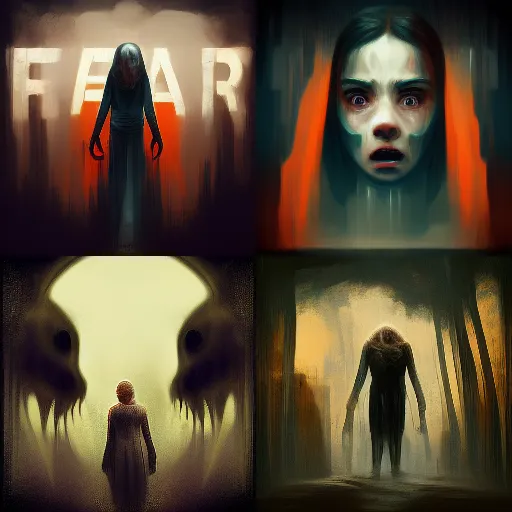

“fear” maybe reflects the archetipical “fear of getting out of a cave” of our species?
The same language that underlies and contains a cultural heritage also underlies and implicitly contains a divisive political and social tension.
And artificial intelligence describes our modern tribes, and the transformations of our society, with a disenchanted yet analytical gaze, learning to please us — human apes — with the stories we feed it with, until it will learn how to find its own grammar and narrative.
“Heaven”
